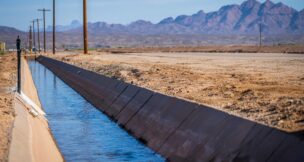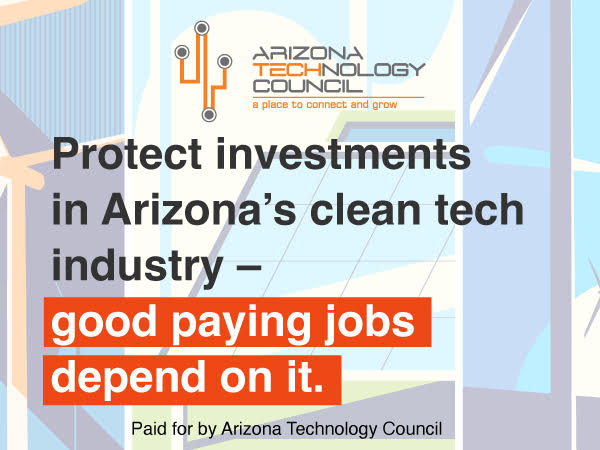Safeguarding Our National Security with Practical PFAS Regulation
J.J. Martinez Guest Commentary//October 1, 2024//
Safeguarding Our National Security with Practical PFAS Regulation
J.J. Martinez Guest Commentary//October 1, 2024//
Our country has made major environmental progress under the Biden-Harris administration. This is especially true as it relates to addressing exposure to a set of chemicals known as PFAS. The administration’s leadership was instrumental in negotiating and passing the Bipartisan Infrastructure Law, which appropriated over $20 billion for detecting, treating, and reducing PFAS in public drinking water systems. President Biden and Vice President Harris also championed groundbreaking Environmental Protection Agency (EPA) regulations, including the establishment of the first national drinking water standard for PFAS, a ban on manufacturing inactive PFAS without EPA review, and the inclusion of additional PFAS into the Toxics Release Inventory. Their work will help safeguard the health and safety of communities and families right here in Arizona.

The EPA has a crucial responsibility to rigorously regulate PFAS as much as feasibly possible. The next step the agency is taking to discharge this responsibility is through a set of rules to develop effluent limit guidelines for PFAS. As the EPA produces these rules, it is vital that they balance the need to protect public health with the key role these substances play in U.S. manufacturing, particularly in relation to national security. New regulations must ensure continued access to PFAS for essential applications.
As a former law enforcement officer of 26 years for the City of Phoenix, School Safety Resource Officer (SRO) and a lifelong community advocate of affordable housing, Job Creation and the Economy, I recognize that the safety and well-being of our communities always comes first.
This commitment extends beyond the local level to the national stage, where it’s crucial to ensure our defense agencies have access to the military technologies and resources needed to keep us safe.
Moreover, many of our country’s critical defense technologies rely on PFAS for their development. PFAS are found or used in the production of critical defense weapons and communication systems on which our armed services rely. This includes assault vehicles, helicopters, battle tanks, guided missiles, military personal protective equipment, and more. PFAS are particularly important to manufacturers here in Arizona, where companies like General Dynamics, Honeywell, Raytheon, and others use these compounds for their exceptional durability and resistance to heat, friction, and chemicals.
PFAS are also essential for assembling semiconductors, lithium-ion batteries, and other vital microcomponents central to our defense systems. Arizona alone has 155,000 semiconductor sector jobs that generate $54 billion in economic output.
The EPA must take into account how essential PFAS are to our country’s national security and preserve the ability of U.S. manufacturers to use these compounds responsibly. The Defense Department has explicitly stated “PFAS are critical to DoD mission success and readiness.” Virtually eliminating access to this compound would hamper our ability to assemble defense weaponry and national security systems needed for communication, surveillance, and operational effectiveness. This would leave us more vulnerable to foreign attacks and threaten our ability to safeguard our country. Given the imminent foreign threats we face, we cannot afford to compromise our nation’s security by overly restricting access to PFAS.
In addition to hampering our ability to manufacture military technology in the U.S., EPA rules that all but ban domestic PFAS production would leave us vulnerable to China. Reducing our already limited domestic output would give us little choice but to import the compound from other countries in order to manufacture essential products. The geopolitical reality is that China dominates the global production of PFAS.
The good news is that there are alternatives the EPA can take that do not equate to a ban but still help reduce PFAS exposure. The agency can focus on promoting the use of PFAS alternatives whenever viable, as seen in sectors such as cosmetics, food packaging, among others. They could also enhance end-of-life management measures and reinforce emissions control standards.
It is important the EPA regulate PFAS exposure responsibly without imposing overly restrictive effluent limits. Instead, the agency should implement science-based regulations that protect the public while allowing manufacturers to use these compounds in producing critical defense systems essential for our national security.














































